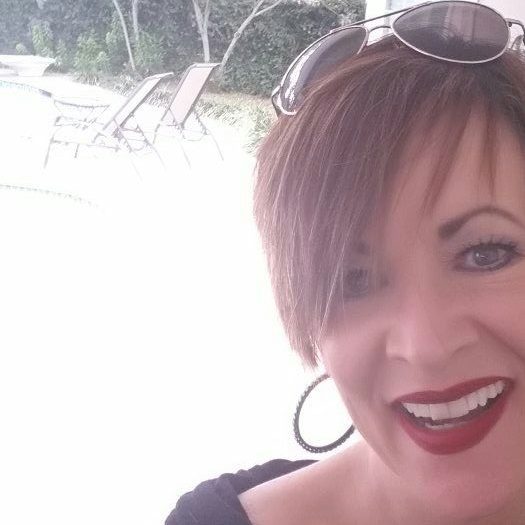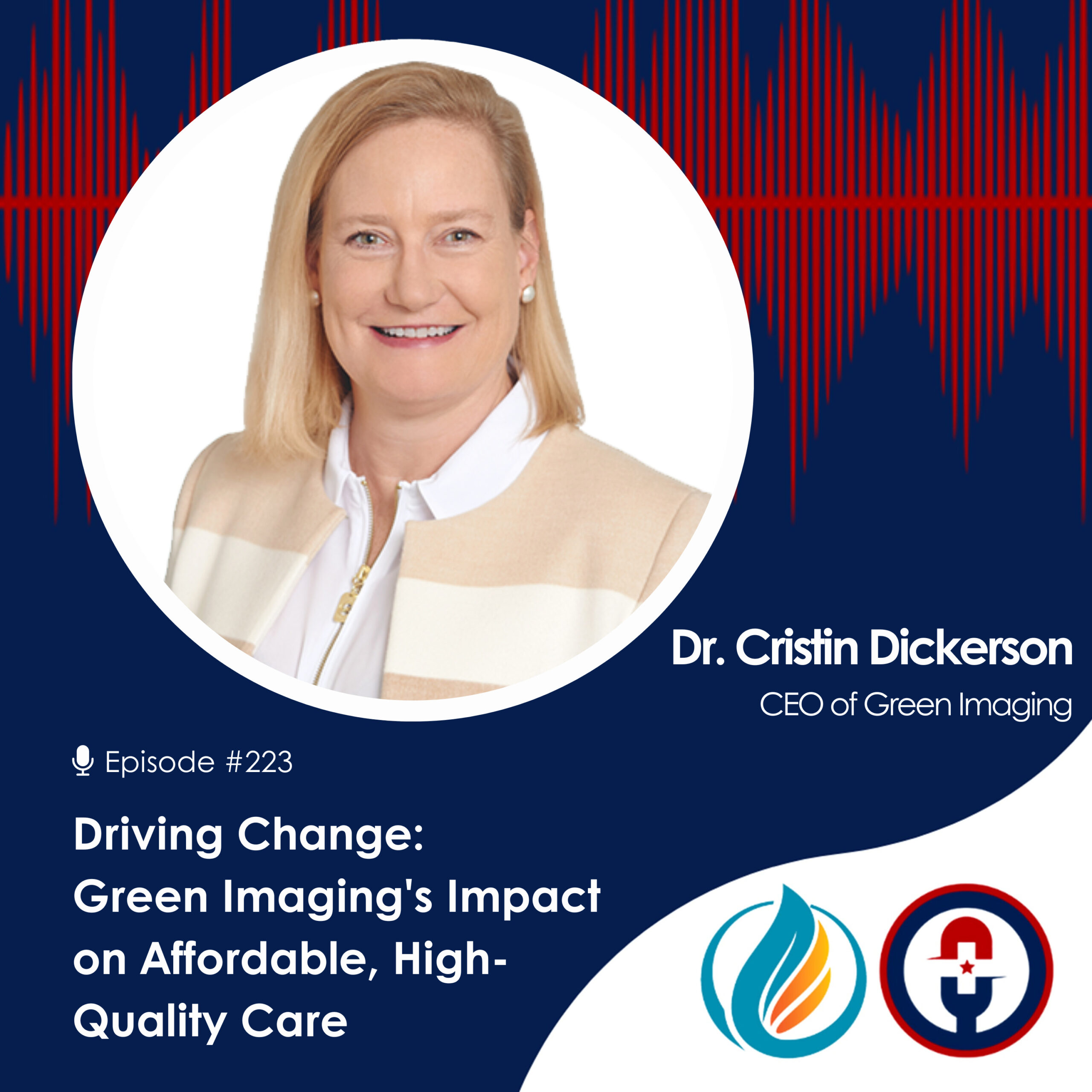The ACA Gap: How 2.5 Million Americans Fell Through The Cracks

In today’s hyper-partisan political atmosphere, very few issues overshadow the prominent political lightning rod that is the passage and implementation of the Affordable Care Act. Some have lauded the historic act as a massive milestone in American history, finally pushing the last developed nation on earth that does not provide some form of universal healthcare to its citizens in the right direction. Others have criticized the whole effort as a massive waste of government resources and an egregious Federal overreach, and have vowed to repeal it.
In any case, the victory of a certain president-elect this past November notwithstanding, the ACA, or at least major components of it, are probably here to stay. Whether you support the healthcare reforms of the past decade or oppose them, both sides should and must agree that there is still much work to be done, particularly for the millions of Americans trapped in the regulatory cracks left unaddressed by existing health systems and by the uneven implementation of the ACA.
The ACA and Health Insurance in America: Facts and Figures
According to the hard numbers found in the most recent census data, the uninsured portion of the total population has fallen to a record low 9 percent. 11 million people have purchased health insurance through the ACA healthcare exchanges. Of the 11 million participants, a majority of them reported incomes of between 100 and 250 percent of the Federal poverty level which would appear to indicate that lower income Americans are now benefitting from greater access to healthcare. Unfortunately, the ACA hit an unexpected snag in 2012 when the US Supreme Court ruled that it would be up to the states to decide whether or not to implement the Medicaid expansion called for by the ACA to cover the lowest earners. For ideological reasons, 19 states opted to forgo Medicaid expansion effectively creating a new healthcare gap, an “Obamacare dead zone” so to speak, consisting of those who made too much to qualify for Medicaid but too little to receive ACA subsidies.
The Healthcare Gaps
Today, there are several healthcare gaps affecting Americans. Those trapped in this no man’s land of political neglect are, unsurprisingly, those whom the political system has always overlooked. There are the working poor who do not qualify for Medicaid, yet don’t make enough to qualify for the healthcare subsidies aimed at low and middle-income families. There are the very young, precisely 7 million children. There are also older adults who have fallen into the gap between Medicaid and the onset of Medicare payments. There are illegal immigrants for whom government assistance is simply out of the question. And then there are the young adults between the ages of 19 and 34 who have made a value judgment and decided it would be cheaper just to opt out. In total, 33 million Americans, whether by choice, circumstance, or a combination of both are uninsured. In other words, 1 in 10 of us is simply going without because the powers that be have decided so, or it just doesn’t make financial sense. For these fellow citizens, quality health care is still unaffordable and out of reach.
Gap Politics
Of these 33 million uninsured individuals, 2.5 million uninsured adults fall specifically into what is known as the “ACA gap” (not to be confused with the various other “gaps” in health coverage that may affect illegal immigrants, young adults who opt out, etc). Over 90 percent of these uninsured gap-dwellers are in the American south where resistance to Medicaid expansion to cover these groups is strong. Texas alone accounts for over a quarter of those stuck in this “Obamacare dead zone” thanks to the state’s refusal to expand coverage to these people despite generous Federal financial incentives. While Texas contends that it is making a principled stand against unpopular ACA reforms, the fact remains that 766,000 Texans have little hope of obtaining affordable coverage. When one takes a closer look at the kinds of healthcare costs, even the price tags of such basic services such as MRI’s and CT scans many consumers face, it’s a small wonder healthcare is still so inaccessible for so many.
The Eye-Watering Costs of Basic Healthcare Services in America
A single MRI scan will run up an average bill of $2,600. While those with health insurance will rarely by saddled with the full cost upfront, inflated pricing is a direct contributor to higher healthcare premiums, which means higher long-term costs for both employers and employees. Those without insurance, particularly those Americans stuck in the Obamacare gap, are even worse off. Without assistance, a basic diagnostic service such as MRI scans, which can provide life-saving information, aren’t even attainable. They must rely on the emergency room, by which time it may often be too late. The financial burden is then passed onto taxpayers.
At Green Imaging we provide quality diagnostic services at fair prices, often thousands* cheaper than quoted by other clinics and health service providers because we believe in making quality, affordable care available to everyone.












